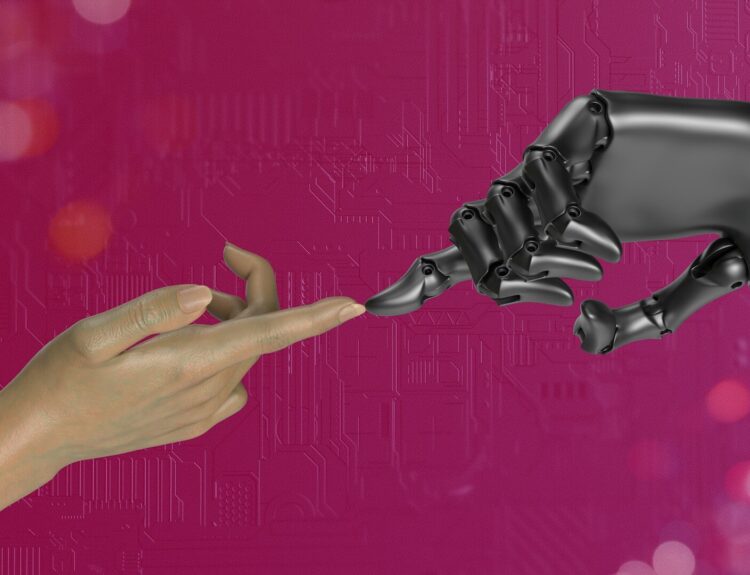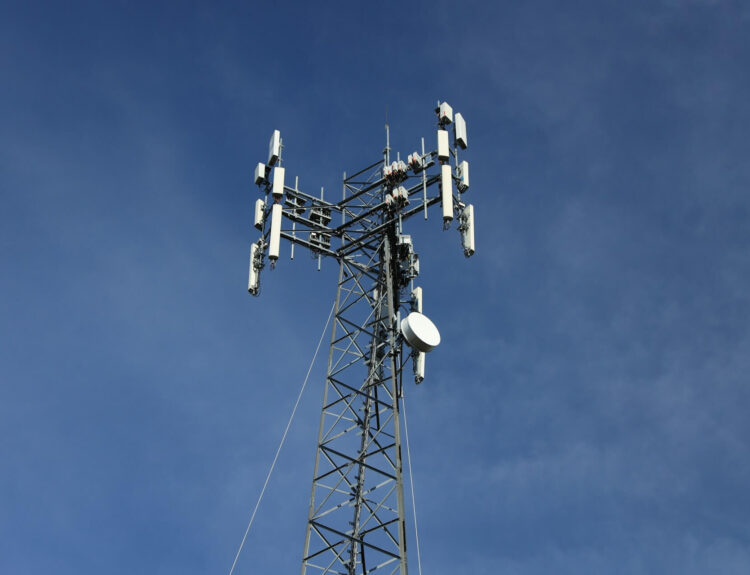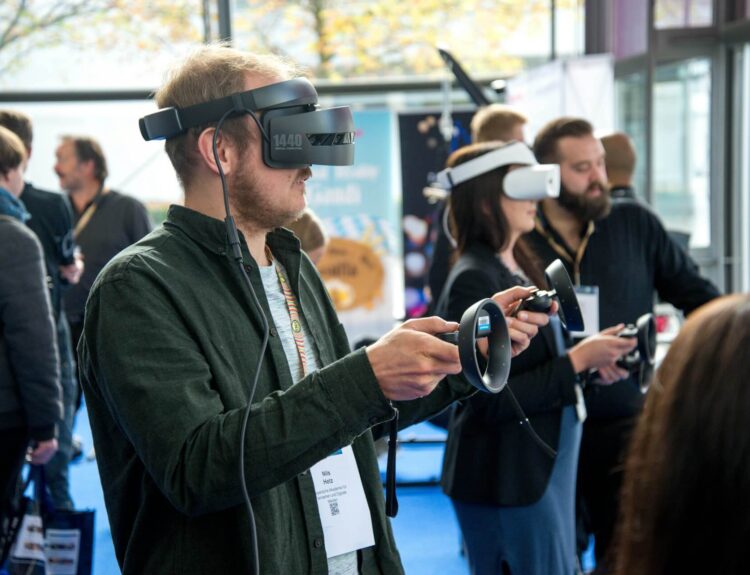In an increasingly digital world where attention is a precious commodity, the ability to personalize user experience is a powerful way for businesses to cut through the noise. When we discuss personalization, the conversation inevitably leads us to use machine learning (ML).
But what exactly is ML’s role in creating a tailored user experience? And how does it work in the real world of websites, apps, and various digital platforms?
Understanding Personalization
Before we dive into ML’s role, it’s crucial to understand personalization. At its core, personalization is about delivering tailor-made experiences and content to users based on their characteristics, preferences, and behaviors.
However, this isn’t just about inserting a user’s name into an email or recommending products based on previous searches. True personalization is a dynamic process it’s about understanding user intent, predicting needs, and adapting in real-time to provide a unique experience that is highly relevant and engaging.
The Importance of Personalization
In the era of information overload, personalization is more important than ever. Studies have consistently shown that personalized content and experiences drive higher engagement, increased conversions, and greater customer satisfaction.
But how do we achieve this level of customization at scale? Machine learning is quickly becoming the linchpin of personalized digital experiences.
Machine Learning and Personalization
Machine learning uses algorithms to analyze data, learn from it, and make predictions. In the context of personalization, ML can analyze vast amounts of user data to identify patterns, preferences, and behavior, and then use this information to personalize content and interfaces.
The Data That Drives ML
The first step in the ML personalization process is collecting data. This can include information like browsing history, search queries, purchase behavior, demographic details, and even mouse movements. The more data that’s available, the more accurate and personalized the predictions will be.
Training the Model
The collected data is used to ‘train’ a machine learning model. This model is then capable of identifying and categorizing users into different segments, based on shared characteristics or behaviors.
Making Predictions
Once the model is trained, it can be used to make predictions about what users are likely to do next. For example, an e-commerce platform might use ML to predict which products a user is interested in, increasing the likelihood of a purchase.
Real-Time Personalization
One of the most powerful aspects of ML-based personalization is its ability to adapt in real time. An online news platform could use ML to adjust its home page content based on breaking news, trending topics, and a reader’s historical interests, ensuring the highest level of relevance at all times.
The Mechanics of ML-Powered Personalization
How is ML implemented to personalize user experience?
Collaborative Filtering
One technique often used is collaborative filtering, which makes automatic predictions about the interests of a user by collecting preferences from many users.
Content-Based Filtering
Content-based filtering, on the other hand, focuses on the properties of items and the user’s profile to make suggestions.
Deep Learning
Deep learning, a subset of ML, is particularly effective at finding patterns in unstructured data, like images and audio. It can be used for more sophisticated personalization, such as voice recognition or image-based preferences.
Overcoming Challenges in ML Personalization
While ML can offer powerful personalization capabilities, it’s not without its challenges.
Privacy and Ethics
The first major challenge is privacy. With data breaches and increased public scrutiny over data usage, there’s a fine line between personalization and invasion of privacy. Businesses must be transparent about their data collection and usage and be aware of the legal and ethical considerations that come with personalized experiences.
Data Quality and Bias
Another challenge is ensuring that the data being used is of high quality and unbiased. Poor data quality can lead to inaccurate predictions and poor user experiences. Additionally, if the data being used is biased, the personalization can end up reinforcing that bias, which can have serious ethical implications.
Implementation and Integration
Finally, there’s the challenge of implementation. ML models need to be integrated into existing systems, which can be complex and time-consuming. Businesses need to have the right infrastructure in place to support ML, as well as the right talent to develop, maintain, and interpret the models.
Case Studies of ML-Powered Personalization
To better understand the effectiveness of ML in personalization, a few case studies are worth noting.
Netflix and Recommendation Systems
Netflix is famous for its recommendation engine, which uses ML to create a hyper-personalized experience for each user. This engine has been estimated to save Netflix over $1 billion per year by reducing churn and increasing engagement.
Amazon and Dynamic Pricing
Amazon uses ML to dynamically adjust prices based on demand and competitor pricing. While not universally popular, this demonstrates the power of ML in personalizing the pricing experience for millions of users.
Spotify and Discover Weekly
Spotify’s Discover Weekly playlist uses ML to personalize a unique playlist for each user based on listening habits and preferences. This has been a significant driver of engagement for the platform.
Tips for Effective ML Personalization
Here are a few tips to ensure ML personalization efforts are effective.
Know Your Goals
Be clear on what you’re trying to achieve with personalization. Is it increased engagement, higher conversions, or better user retention? Your goals will influence the way ML is used.
Start Small and Iterate
Rather than trying to personalize everything at once, start with one or two key areas and build from there. This allows you to test and learn, making improvements as you go.
Be Transparent
Users are more comfortable with personalization when they understand how and why it’s happening. Be transparent about the data you’re collecting and how it’s being used.
Focus on the User Experience
User experience should always be the primary concern. Personalization should enhance the user experience, not detract from it. Always consider how personalized elements will affect the usability of your product.
The Future of ML in Personalization
Looking ahead, the role of ML in personalization is only going to grow. With advancements in AI and increasing volumes of data, the possibilities for highly personalized and engaging digital experiences are endless. From augmented reality interfaces to context-aware apps, the future is bright for ML and personalized user experiences.
Integrating with IoT and Wearables
The rise of the Internet of Things (IoT) and wearable technology presents new opportunities for ML to personalize experiences. Smart homes and connected devices can learn user preferences and behaviors to create a highly tailored environment.
The Role of AI in Conversation and Voice
Voice assistants and conversational AI are becoming more sophisticated, offering new ways to personalize user interactions. These technologies are poised to become even more integral to the daily lives of users.
Cross-Platform Personalization
ML can tie together user data from multiple platforms to create a seamless, personalized user experience across the web, mobile, and even physical locations.
In Conclusion
Machine learning has a crucial role to play in the future of digital personalization. By harnessing the power of data, algorithms, and AI, businesses can create experiences that are not just customized, but truly personal. Yet as with any powerful tool, it comes with its set of responsibilities and challenges.
From privacy concerns to ethical considerations, businesses must tread carefully while harnessing the potential of ML for personalization. Those that do will be at the cutting edge of providing the kind of digital experience that users crave the kind that feels like it’s made just for them.






